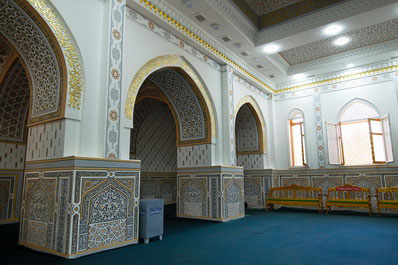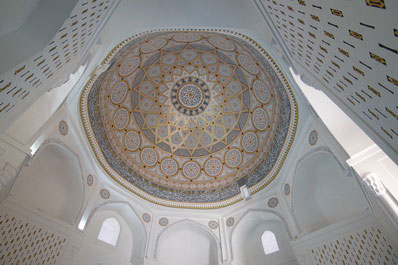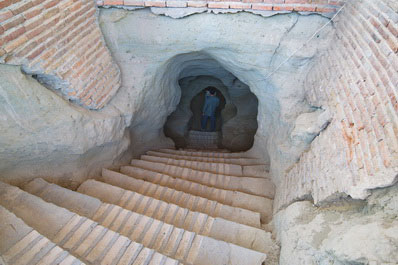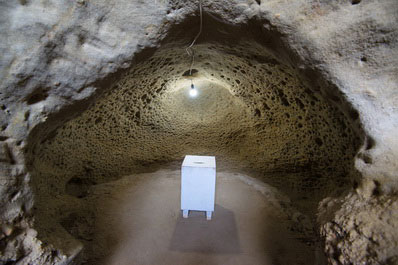Al Hakim At-Termizi Mausoleum, Termez
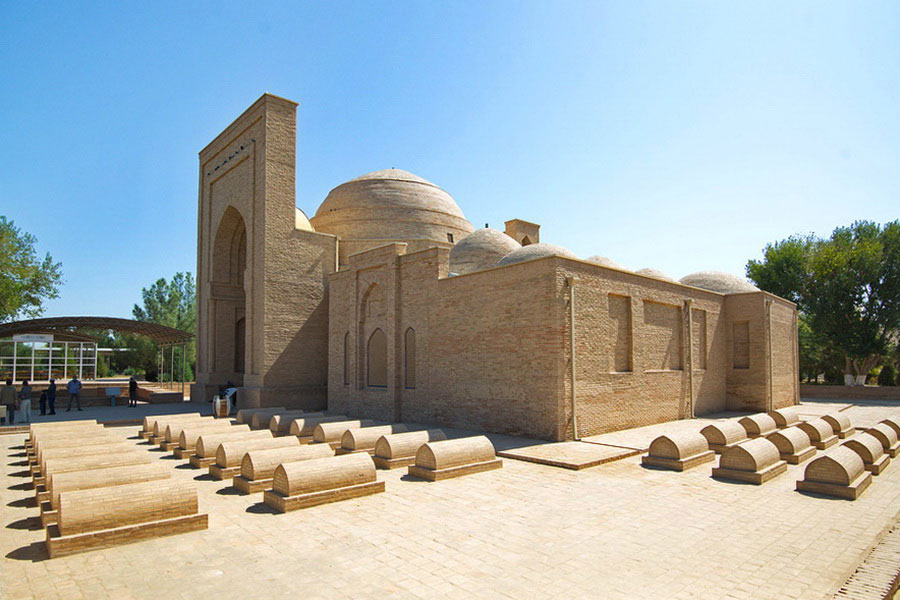
The Mausoleum of Al-Hakim at-Termizi is a revered memorial site dedicated to the distinguished Sufi theologian Abu Abdullah al-Hakim at-Termizi. Deeply respected throughout the Islamic world, a visit to this site is regarded as a blessed and meaningful act among Muslims. Originally built in the XI century, the modest tomb has since evolved into an impressive complex comprising a mosque, a khanqah, and various religious structures. The Hakim at-Termizi complex reflects both the spiritual depth and architectural richness of Islamic culture, drawing pilgrims and history enthusiasts from around the globe. Visiting this site offers a tangible link to centuries-old Islamic traditions and provides deeper insight into the enduring significance of Sufi philosophy.
About Hakim al-Termizi
Abu Abdullah Muhammad ibn Ali Al-Hakim at-Termizi ranks among the most influential Sufi theologians and thinkers in Islamic history. Born in Termez, he lived during a flourishing era of Islamic science, philosophy, and spiritual inquiry. His contributions to Sufism and interpretations of religious texts earned him widespread recognition far beyond his native city. From an early age, at-Termizi displayed an insatiable thirst for knowledge, studying the Quran, hadiths, Islamic jurisprudence, and philosophical treatises. Yet his true calling lay in the pursuit of spiritual depth - a path that led him to Sufism, the mystical branch of Islam centered on inner unity with the God.
Al-Hakim at-Termizi is honored as one of the founding figures of Sufi thought. His teachings shaped generations of followers, and his philosophical insights continue to be studied by scholars and theologians today. For many Muslims, he symbolizes the spiritual journey and humility before the divine will. His mausoleum has become a sanctuary of devotion and reflection, where visitors feel a powerful connection to the enduring legacy of a teacher whose ideas continue to guide seekers toward truth and harmony.
Structure of the Complex
At the heart of the ensemble stands the tomb of Hakim al-Termizi, marked by a grand entrance and a striking spherical dome. The main chamber within is painted white, evoking the purity of spiritual thought and the eternal search for truth. The dome is adorned with intricate calligraphy and geometric motifs. The elevated tombstone, placed on a high pedestal, underscores the profound reverence accorded to the philosopher-theologian. Crafted from white marble and featuring delicate carvings, the three-tiered memorial structure is crowned with a richly gilded ceiling decorated in vibrant hues.
Adjacent to the mausoleum are a memorial mosque dating back to the XI–XII centuries, a XIV century khanaqa, and a kari-khana - a room designated for Quranic recitation. Nearby lies a necropolis containing the graves of esteemed Sufi figures who lived in Termez between the 12th and 19th centuries.
Visitors to the complex can also explore several chilla-khana rooms - secluded underground chambers once used by pilgrims for solitary prayer. Resembling hidden grottoes, these spaces offered a tranquil retreat for spiritual contemplation and inner stillness.
The site also includes a small museum exhibiting artifacts unearthed by archaeologists near Termez. The collection features ceramic vessels, ancient manuscripts, and fragments of materials once used in constructing the mausoleum.
Set within a lush garden landscape, the architectural ensemble is enhanced by wide alleys, manicured lawns, and an array of trees and shrubs. The serene greenery highlights the scale of the site and creates a harmonious setting that complements its architectural grace.
The Mausoleum of Al-Hakim at-Termizi stands as both a historical treasure and a sacred pilgrimage site, drawing believers from across the world. The solemn beauty and grandeur of the complex leave a lasting impression, allowing every visitor to feel connected to the profound spiritual legacy of the past.


